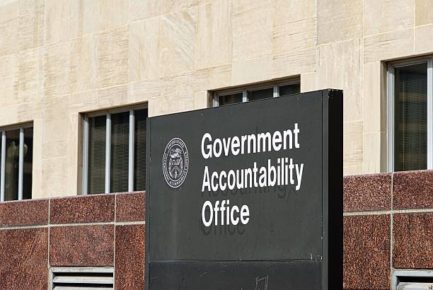In an attempt to save themselves from federally prepared broadband coverage maps disparaged as “horrible, egregious” and “negligent,” tribal peoples have created the Virtual Tribal Broadband Office for relief. According to GCN.com, data gathered by the Government Accountability Office said the FCC was widely criticized for its inaccuracies in 2018. The agency says it worked hard to collect correct information, but Dustin Loup, a program manager at the National Broadband Mapping Coalition, claims the maps prepared in 2022 still contain data on addresses and broadband availability that could be off by as much as 60 percent.
“We knew that the initial map was not going to be perfect, in fact the map will never be final,” responded an unnamed FCC representative. “We hope that states, Tribal Nations, ISPs and other stakeholders will continue to be our partners in improving the maps. In many ways, the challenges being submitted show that the processes and systems we created are working exactly as Congress and the FCC designed them.”
The “Virtual Tribal Broadband Office,” set to launch later this month, is an attempt to empower tribal organizations within each state to work with that state to better report their true digital access situations, according to GCN.com. Better reporting could present an opportunity to direct more federal and statewide funds towards coverage gaps in tribal regions.
Part of the challenge of gathering data in these communities, notes GCN.com, is allowing tribal governments to determine where coverage is needed according to their own needs. Sharayah Lane, senior advisor for indigenous community connectivity at the nonprofit Internet Society, said that just handing over hard data does not represent an accurate picture of available resources and how each group might choose to engage with digital connectivity. One tribe may prioritize using broadband to record and preserve their language, another may want maps of locations that are vital to that community, while another may be most interested in job opportunities made available through broadband.
“We realized we have to start with funding because it’s just damned expensive to build these [networks] out, and we need to make sure that the tribes get as much of the resources as they deserve in this process,” said Joe Valandra, senior vice president of Tribal Communications LLC. If “done correctly,” Valandra speculated tribal organizations could net another $7 billion in Broadband Equity, Access, and Deployment subsidies.





Reader Interactions